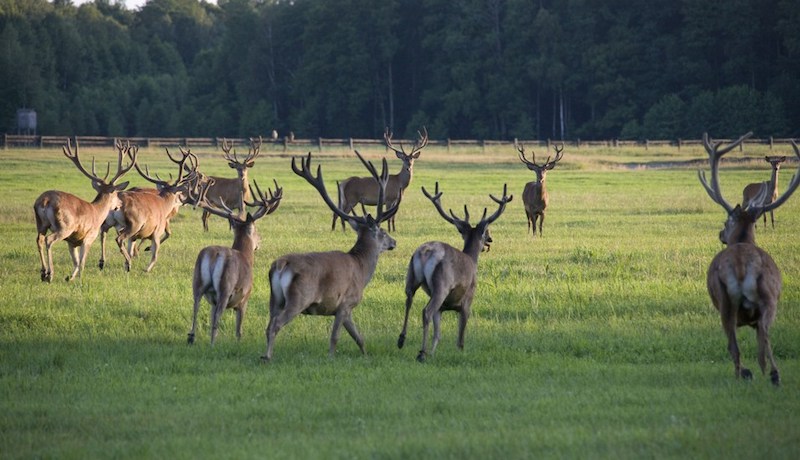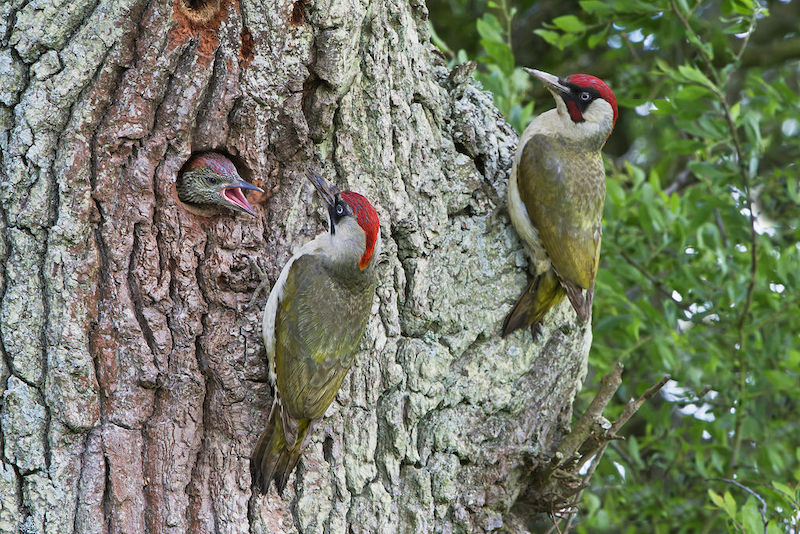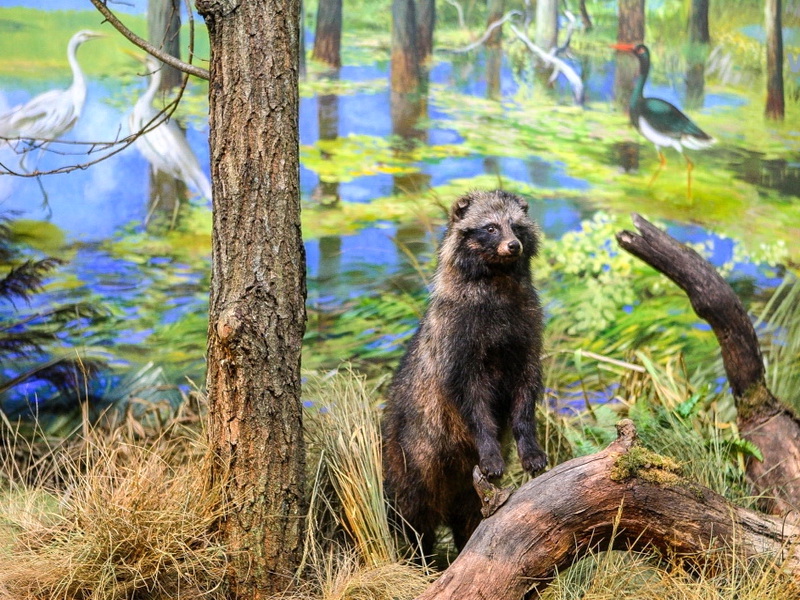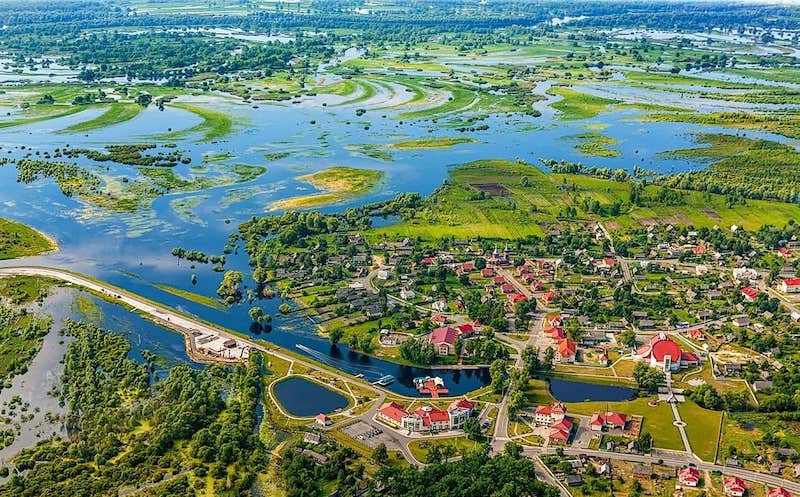
The idea of creating a protected reserve zone in the Pripyat Polessye was formulated back in the 1920s by the Polish expert in the peatland science Vladislav Shafer. In 1961, the concept was substantiated by the Belarusian scientist Leonid Smolyak. 8 years later the Pripyat landscape and hydrological reserve was created by order of the Council of Ministers, the main goals of which were to preserve the landscape and hydrological patterns typical of Belarusian Polessye in its natural state, to preserve and build back certain rare and endangered animal and plant species, and to identify the consequences of human intervention in the nature of Polessye.
In 1996, the reserve was assigned the status of a National Park. The administrative center of the park is located in the agrotown of Lyaskovichi, where an experimental forest hunting range has been operating since 1995, and a museum of nature was opened here in 2012.
Let’s get acquainted with the natural blessings of the Pripyat National Park.

The landscape of the park is formed by forests, which, together with swamps and inland and river complexes, occupy about 95% of the area. Floodplain forests, unique in their structure and flora, are flooded in spring with flood waters. The water covers the meadows and swamps, forming the famous “Herodotus Sea.” There are bottomland meadows with exuberance of grassy vegetation in the forestless part of the river floodplain, the flair of which is provided by single trees and groups of shallow wide-branching bottomland oaks and willow trees.
The flora of the park is represented by 1073 plant species, including 22 species of trees and 32 species of shrubs, as well as 196 species of mosses, 184 species of lichens, 321 species of algae. 47 plant species are listed in the Red Book of the Republic of Belarus, in particular, Turk’s-cap lily, foxfeet, European pasqueflower, white water lily, garland flower, Siberian iris, black thorn, Ponticazalea and many others.

The fauna is represented by 45 species of mammals, 255 species of birds, 7 species of reptiles, 11 species of amphibians, 45 species of fish, more than 3,300 species of invertebrates, of which more than 2,500 are insects. Of the ungulate mammals, the most numerous are the red deer and roe deer. There are also bisons from the Belovezhskaya Pushcha. The muskrat, the American mink and the raccoon dog have done well in the park. The natural balance of animals is maintained by such predators as the wolf, fox, lynx, pine marten, polecat, ermine.
The national park is a real bird paradise! Almost 80% of all birds of Belarus live here. These are 256 bird species! Undoubtedly, most of them are from the Black Book - the gray crane, black stork, short-eared owl, green woodpecker, azure tit, and white-tailed eagle.

This amazing and beautiful nature reserve attracts many ecotourists, including foreign ones. Tours of the park are the easiest and most convenient way to get to know the preserved beauties of the “Belarusian Amazon.”
You can visit one-day or multi-day tours with a visit to the Museum of Nature and ecological trails. Get acquainted with the historical and cultural heritage, folk crafts and traditions of the Turov region. Take a boat ride along Pripyat on the motor ships Zubr, Los and Kirill Turovsky. Ride on a three-car train pulled by a small “Belarus” through the safari park. Or go on an organized hunting or fishing trip.